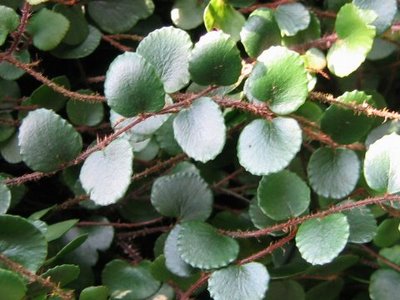
Ferns are an ancient type of plant, with fossils of ferns being dated back over three hundred and sixty million years ago. As they are known today, ferns are leafy, non-flowering plants that grow in very moist areas. Like all other types of plants, ferns have several species, which have varying growing conditions. Ferns are extremely successful niche plants, meaning that they are well adapted to specific environmental conditions.

Ferns are vascular plants, meaning that they have developed internal vein structures that aid in the flow of nutrients and water to the outer parts of the plant. Most vascular plants, such as flowers and leafy trees, grow immediately from the seed to their adult form. Ferns, on the other hand, reproduce using spores that grow into an intermediate stage referred to as gametophytes.

The reproductive cycle of ferns is very complicated and needs specific conditions to be completed. First and most importantly, there must be liquid water. This is so that when the gametophyte is grown out of a spore, the sperm from one side of the gametophyte can swim to the eggs on the other side. Once fertilization has occurred, the fern is nurtured inside the gametophyte and grows into the adult plant.

To grow properly, ferns need good moisture, both in the air and in the soil. Ferns also require protection from the wind, as they are very delicate plants. Ferns require sufficient light for photosynthesis, but need protection from too much direct sunlight, as this will dry out the plant. It is important to maintain all of these factors regularly, as ferns are very reliant on consistent condition to both grow and reproduce.
No comments:
Post a Comment